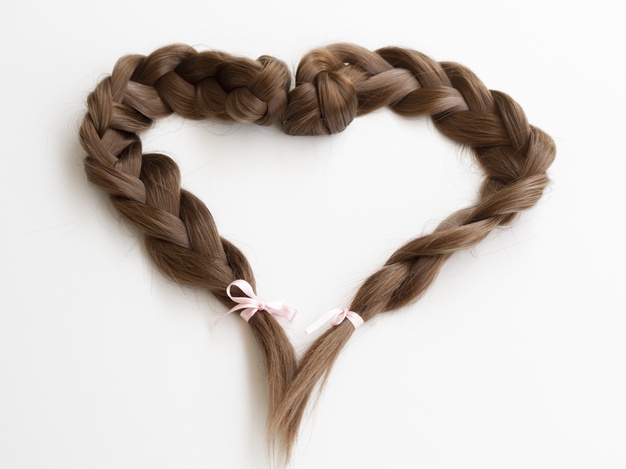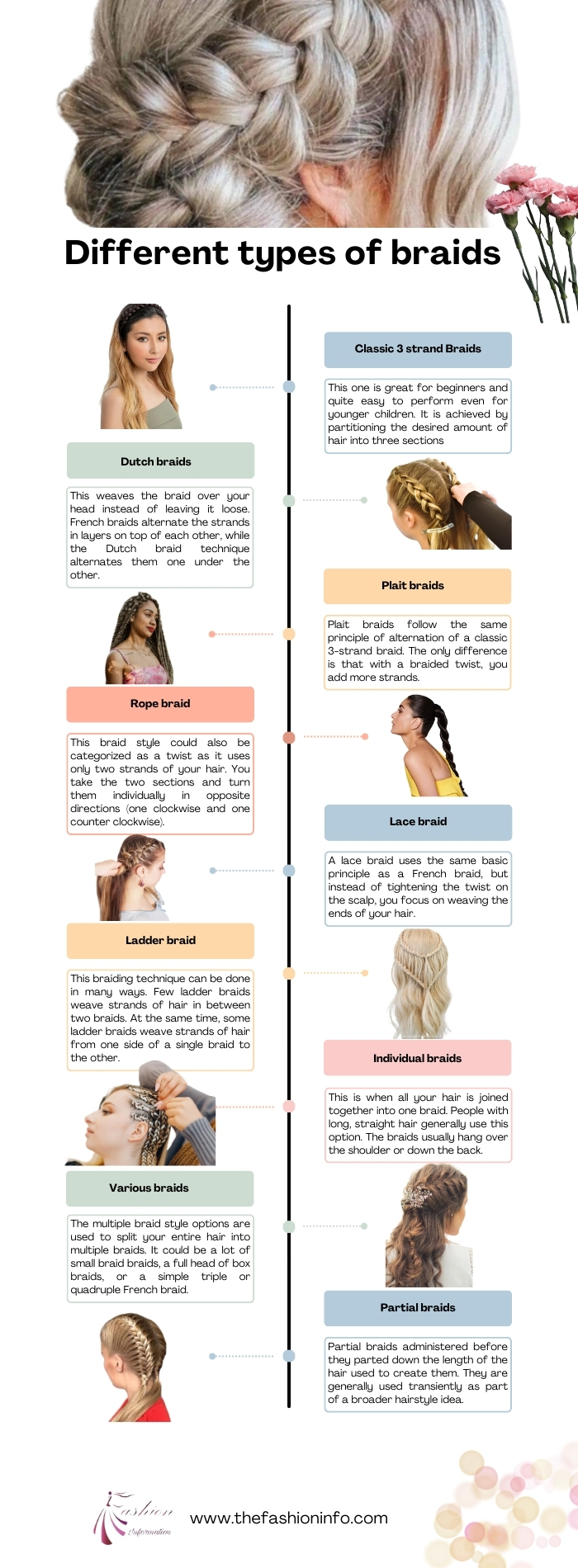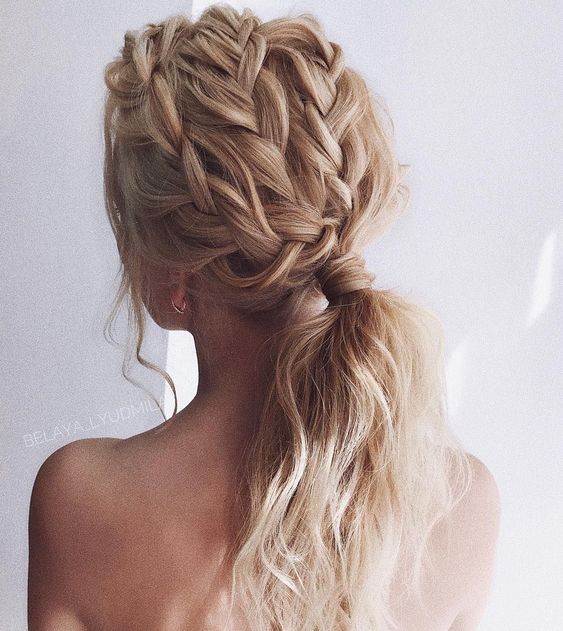Table of Contents
Introduction
Braids are incredibly diverse. There are many braiding techniques to choose. Most of the braids can be formal or casual. The visual effect of your hairstyle will depend on other areas of your style. Your hair is only part of your fashion. The important thing is to become familiar with the different ways to style any braiding technique you want to use, depending on the event you’re going to. You can choose to use the same braiding technique for a relaxed running day as you would for a gala event. It depends on how you build your overall look and your knowledge of the braiding technique you want to use.
Braiding techniques
There are a lot of things that influence the choice of braiding techniques. The texture, length, volume and strength of the hair play an important role in determining which braiding technique is best for you. Another concern is whether or not you can perform the braiding technique yourself or whether you should hire a professional to help you. The more elaborate and complicated the braiding technique, the more help you will need from someone trained in braiding.
What are you going to need
- Hairbrush
- Bobby pins
- Hair elastics
- Rattail comb
Classic 3 strand Braids
This one is great for beginners and quite easy to perform even for younger children. It is achieved by partitioning the desired amount of hair into three sections. Then you alter/change one section over the other until you reach the end of the hair. As with almost all braids, it is tied last.
French / Dutch braids
They both follow the basic 3-strand alternate braiding technique used in a classic braid, except that it starts at the scalp rather than the base of the head. You divide the hair into three sections, but with these braiding techniques, you add hair to each section when you start braiding/crossing the head. This weaves the braid over your head instead of leaving it loose. French braids alternate the strands in layers on top of each other, while the Dutch braid technique alternates them one under the other.
Plait braids
Plait braids follow the same principle of alternation of a classic 3-strand braid. The only difference is that with a braided twist, you add more strands. This makes it much more problematic to remember which strand is on top. It is not unusual to wear four or five strands, but theoretically, you could use as many strands as your hair length allows. Once you have mastered the simple braiding techniques, you can begin to develop braiding patterns in your braids.
Rope braid
This braid style could also be categorized as a twist as it uses only two strands of your hair. You take the two sections and turn them individually in opposite directions (one clockwise and one counter clockwise). Then you twist them and tie the end. With the two strands wrapped individually before twisting them together, you will create the tension you need to hold the braid in place.
Lace braid
A lace braid uses the same basic principle as a French braid, but instead of tightening the twist on the scalp, you focus on weaving the ends of your hair. This is a perfect braid for those who are struggling to grow front layers or bangs as it transiently twists the ends (like lace trims).
Ladder braid
This braiding technique can be done in many ways. Few ladder braids weave strands of hair in between two braids. At the same time, some ladder braids weave strands of hair from one side of a single braid to the other. The first creates a visually obvious “hair ladder” in which each of the two braids acts as posts, and the woven strands appear as steps. The second ladder braid technique is the most often used as a method of winding hair. For example, a ladder braid can wrap a ponytail by weaving strands of hair into one side of the little anchor braid, pulling it around the hair gathered from the ponytail, and then twisting it out of the way. Another side of the braid creates a kind of loop scale effect.
Individual braids
This is when all your hair is joined together into one braid. People with long, straight hair generally use this option. The braids usually hang over the shoulder or down the back. However, some simple braids can also be wrapped around the head to create a halo or ‘dairy’ style.
Various braids
The multiple braid style options are used to split your entire hair into multiple braids. It could be a lot of small braid braids, a full head of box braids, or a simple triple or quadruple French braid. Many styles of multiple braids require professional experience as they all involve your hair. They can be tied and styled in different ways, but they can also be worn and look fabulous. It just depends on which braiding technique you decide to use. Multiple braids can also provide excellent protection for the hair and can generally be worn for longer periods of time.
Partial braids
Partial braids administered before they parted down the length of the hair used to create them. They are generally used transiently as part of a broader hairstyle idea. These can be small French braids that end before the remaining hair is gathered into a sleek ponytail. You may also have chosen to incorporate a lace braid technique into your look that uses the ends of your hair and lets the upturned parts flow freely. Either way, partial braids only use part of the hair length and can only use a very small area of hair.
How to develop your braiding skills

Once you’ve mastered one braiding technique, you can move on to conquer the next one that catches your eye. You will get as better as you practice. Then you can start combining all of the different braids you’ve learned to create some innovative new looks. Once you feel comfortable trying out a braiding technique, you can also experiment with the directional flow of your braids and style and pin them in different ways. Your experience will determine how far your braiding can go, and some experience requires special preparation and education.
Whether you are new to braiding, looking to master more advanced techniques, or heading towards professional hair, braiding is a great way to change up your look temporarily. Braiding also lets you a lot of creative freedom and imaginative options when it comes to styling all hair types. Braiding is an art and, like any art form, it is an expression. How you express yourself is up to you.
Infographic: Different types of braids


